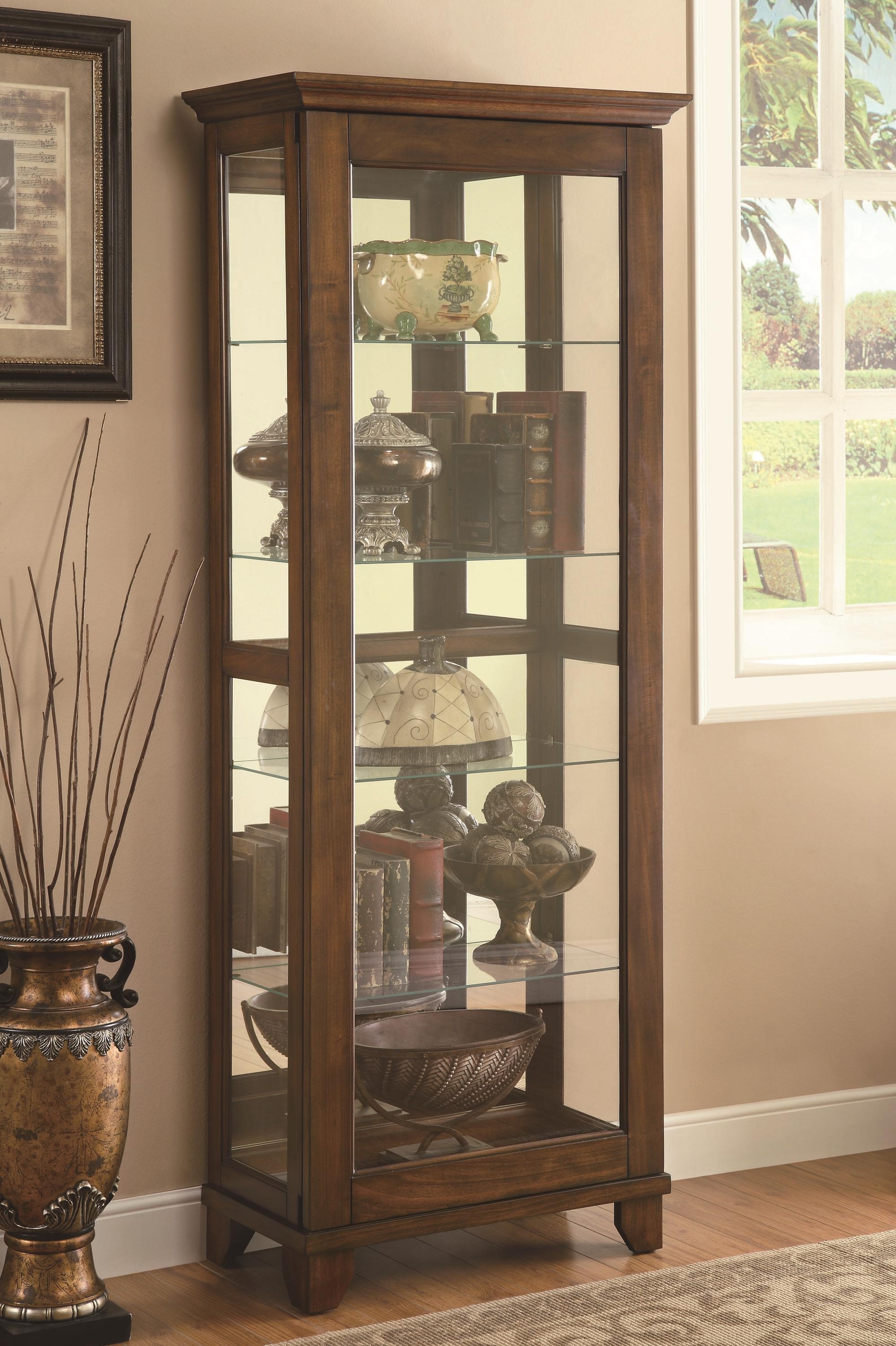
Whether you’re seeking a playful sideboard made of colored glass and metals, an antique Italian hand-carved storage cabinet or a glass-door vitrine to store and show off your collectibles, there are options for you on 1stDibs. Antique design for an old-fashioned curio display cabinet made out of dark oak wood with a set of five shelves hidden behind glass doors with a lock and a. A contemporary case piece with open shelving and painted wood details can prove functional as a storage unit as easily as it can a room divider. They typically have glass doors or panels on the front and sides, glass shelves, and mirrored backs.
Antique curio cabinet free#
Curio cabinets come in all shapes and styles. Hexagon Shaped Curio Cabinet Black and Clear 4.3 (123) 24480 FREE delivery Mar 1 - 6 +3 colors/patterns AFAIF Metal Storage Cabinet,71' Tall Curio Cabinet Glass Display Cabinet with Glass Door & 4 Adjustable Shelves, Freestanding Bookcase Locker Storage Cabinet for Home Office Living Room Study Room New to Amazon 22999 29. It is used to display unusual and exciting objects. In the spirit of positioning your case goods center stage, decluttering can now be design-minded. A curio cabinet is a tall, slender cabinet with a glass door and panels, mounted on a wooden or metal frame. The very history of storage case pieces is a testament to their versatility and well-earned place in any room. It wasn’t until the design made its way to North America that it became enlarged and equipped with enough space to hold clothing and cosmetics. The drawers served as perfect utensil storage. This furnishing was initially a flat-surfaced, low-profile side table equipped with a few drawers - a common fixture used to dress and prepare meats in English kitchens throughout the Tudor period.


Mid-century modern credenzas, which, long and low, evolved from tables that were built as early as the 14th century in Italy, typically have no legs or very short legs and have grown in popularity as an alluring storage option over time.Īlthough the name immediately invokes images of clothing, dressers were initially created in Europe for a much different purpose. For these highly customizable furnishings, designers of the day delivered an alternative to big, heavy bookcases by considering the use of space - and, in particular, walls - in new and innovative ways. Mid-century modern furniture enthusiasts will cite the tall modular wall units crafted in teak and other sought-after woods of the era by the likes of George Nelson and Finn Juhl. In the mid-19th century, cabinetmakers would mimic styles originating in the Louis XIV, Louis XV and Louis XVI eras for their dressers, bookshelves and other structures, and, later, simpler, streamlined wood designs allowed these “case pieces” or “case goods” - any furnishing that is unupholstered and has some semblance of a storage component - to blend into the background of any interior. Of all the antique and vintage case pieces and storage cabinets that have become popular in modern interiors over the years, dressers, credenzas and cabinets have long been home staples, perfect for routine storage or protection of personal items.


 0 kommentar(er)
0 kommentar(er)
